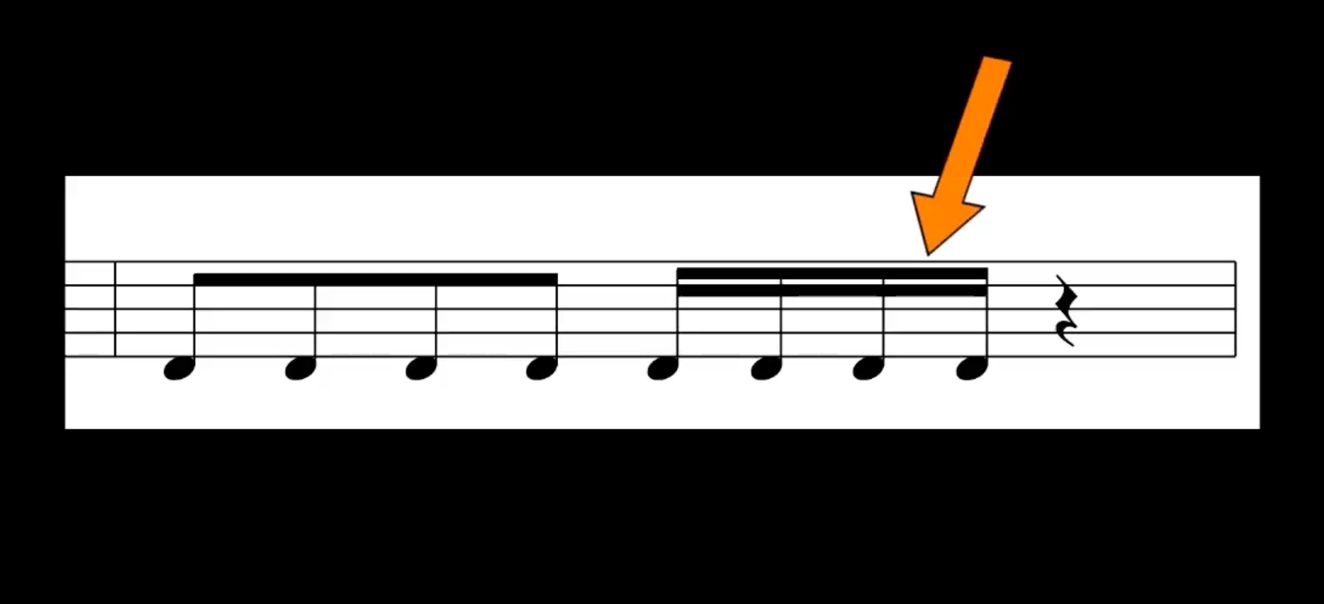Musical notation has been around for centuries but contrary to what you may think, it's not just for performers of classical music. In fact, musicians of all kinds can benefit from understanding how music is written. Not only can it help your career but it's great for giving you a deeper understanding of how music works. In this short video from the course Music Theory 108: Notating Music, Gregg Fine tells you all about Beams.
Beams are used in notation for grouping clusters of identical notes for better readability. Essentially it's so that you don't have to show lots of instances of teh same note, but can instead group them together which is both quicker and clearer to work with. This is just one of the conventions explaing in this course, so check out the rest of the videos to learn even more!
Music Theory 108: Notating Music
Musical scores are fascinating. Using little black dots and strange, archaic symbols, composers are able to transcribe the music they hear in their heads onto paper, which musicians can then read to bring the music to life. While music notation can look very complex and difficult to learn, this course by master composer and arranger Gregg Fine is designed to make it easy and fun!
The course starts with a look at the staff system and the concept of clefs. Using just a pencil and a piece of paper, Greg shows you the dos and don’ts of drawing noteheads, stems, ledger lines, bar lines, etc. After teaching you the concept of meter, Greg shows you everything you need to know about writing note values, rests, and key signatures. As you progress through the tutorials, you get familiar with more advanced concepts such as slurs & ties, the grand staff, dynamic markings, and more.
Watching this course gives you a firm grasp on how music notation works, and how to create logical, easy-to-read scores. So pull out your pencil and score paper, and join our expert music theory expert Gregg Fine in this musical notation exposé!



